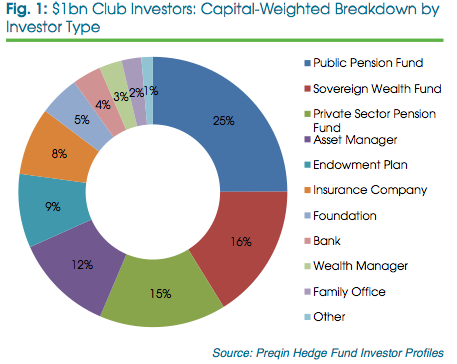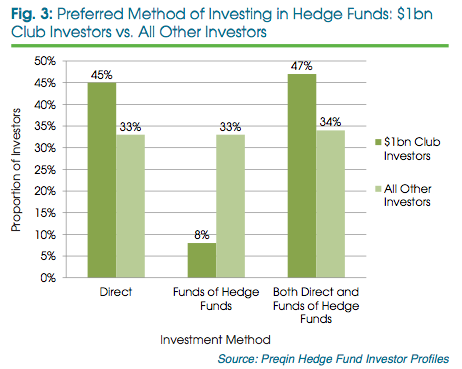
The Illinois budget impasse isn’t helping the state’s pension situation – in fact, it’s making it tangibly worse in three respects: first, Illinois has been forced to delay its $560 million pension contribution, due last November.
Second, the situation has spooked investors and made it more expensive to borrow. And third, the impasse has prevented lawmakers from working on pension-related legislation, although Rauner and top lawmakers have still held talks on the subject.
From Bloomberg:
As 2015 draws to a close, Illinois marks half a year without a budget. No spending plan has driven up borrowing costs, sunk its credit rating, and perhaps worst of all, exacerbated the state’s biggest problem: its underfunded pensions.
“The delay on the budget is definitely delaying anything being done about the pensions,” said Dan Solender, head of municipals at Lord Abbett & Co. in Jersey City, New Jersey, which manages $17 billion of local debt, including Illinois general-obligation bonds. The firm is underweight Illinois. “The longer you wait to try to catch up on funding, the worse the situation gets.“
Illinois’s fiscal health will deteriorate further without a budget, hindering its ability to mend its pension system. Moody’s Investors Service dropped Illinois, already the worst-rated state, to the lowest investment-grade tier in October as the budget stalemate dragged on. Last month, Moody’s warned that pensions are Illinois’s “greatest challenge.”
[…]
The lack of a budget forced the state comptroller to delay a $560 million November payment to the state retirement system. Illinois’s unpaid bills totaled $7.6 billion as of Dec. 18, according to that office. The November retirement payment will be paid in the spring when the state has more revenue from income tax collections, according to the comptroller’s staff.
[…]
Illinois is like a patient in the emergency room, said Paul Mansour at Conning, which oversees $11 billion of munis, including Illinois securities. The budget stalemate is the crisis at hand, and the unfunded pension liabilities is the chronic disease that’s only getting worse. The budget standoff is hurting future negotiations on pension changes, he said.
This current budget impasse is the longest in Illinois history.
Photo credit: “Gfp-illinois-springfield-capitol-and-sky” by Yinan Chen – www.goodfreephotos.com (gallery, image). Via Wikimedia Commons – http://commons.wikimedia.org/wiki/File:Gfp-illinois-springfield-capitol-and-sky.jpg#mediaviewer/File:Gfp-illinois-springfield-capitol-and-sky.jpg










